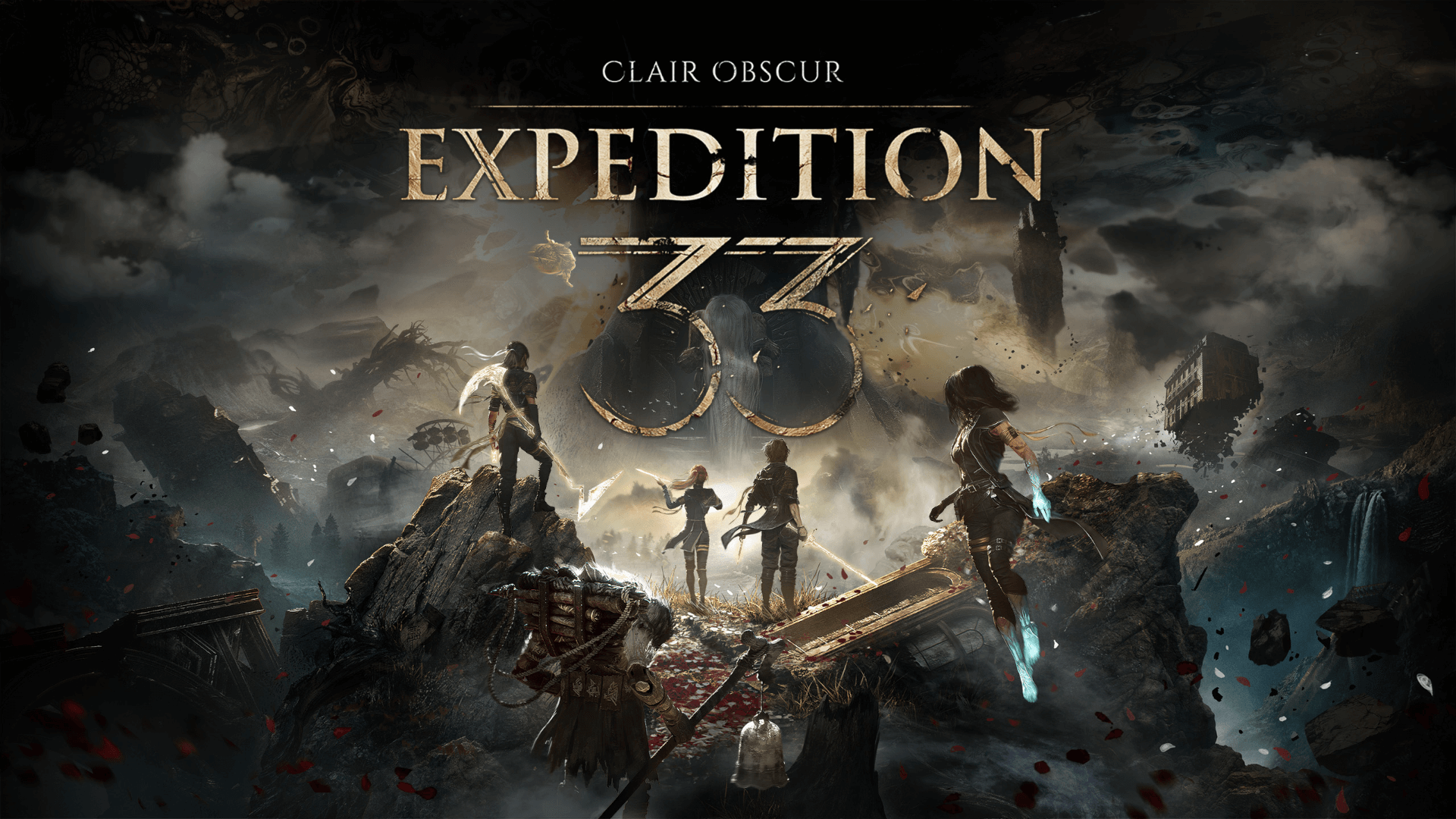News: Dishonored Retrospective - The Supernatural Immersive Stealth Sim
✪ Introduction
The immersive sim
Dishonored,
released on October 9, 2012, for platforms including PlayStation 3, Windows, and Xbox 360, with
later versions for PlayStation 4 and Xbox One in August 2015, stands as a seminal work in the
action-adventure genre.
Developed by Arkane Studios and published by Bethesda Softworks, this first-person stealth action
game has been lauded for its innovative gameplay, atmospheric world-building, and player-driven
narratives.
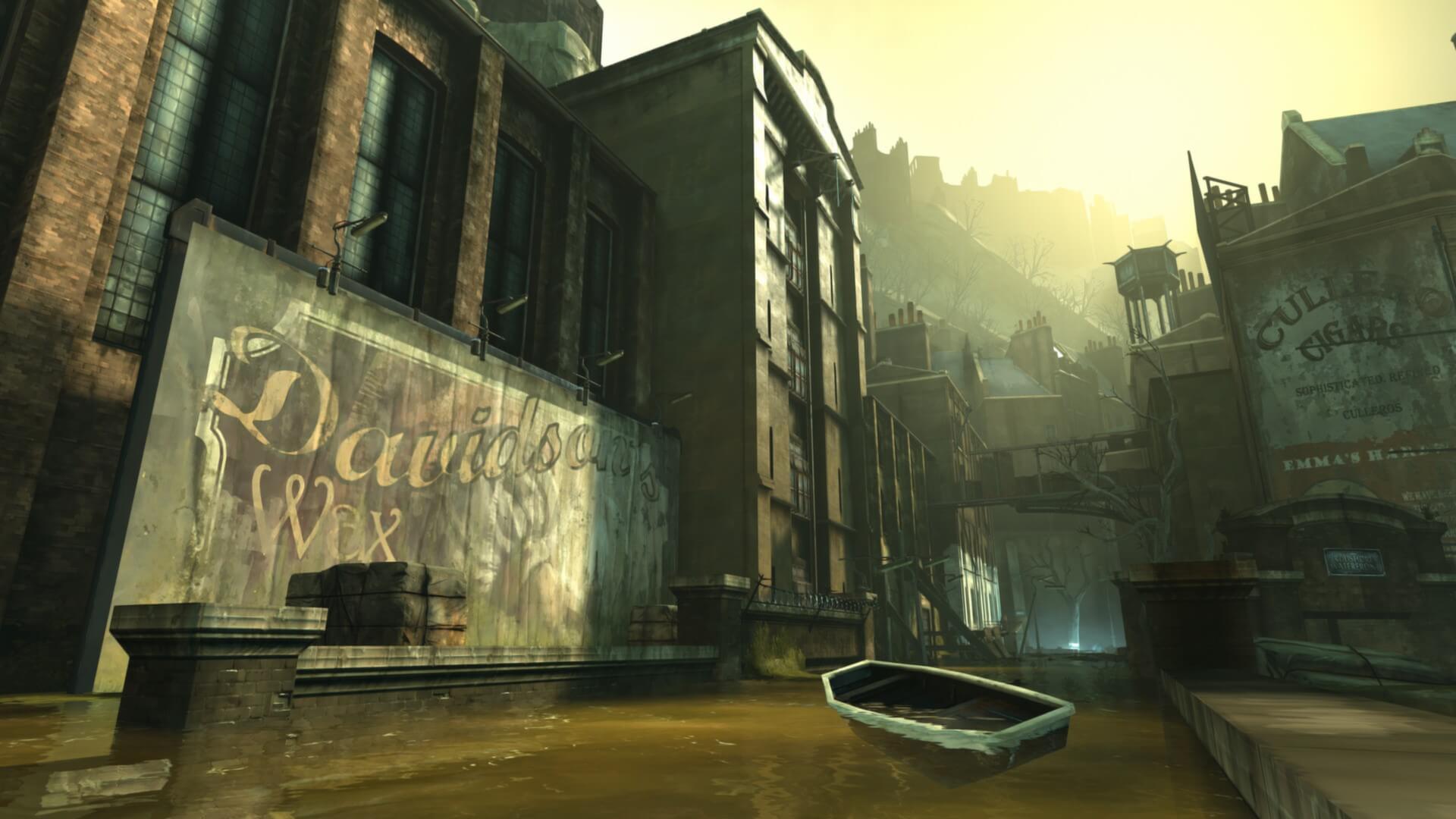
Its critical and commercial success, evidenced by a Metacritic score of 91 for the PC version and numerous awards, including the 2013 BAFTA for Best Game, underscores its significance. The game's legacy extends beyond its initial release, spawning sequels like Dishonored 2 (2016) and Dishonored: Death of the Outsider (2017), and influencing the broader gaming landscape, particularly within the immersive sim genre.
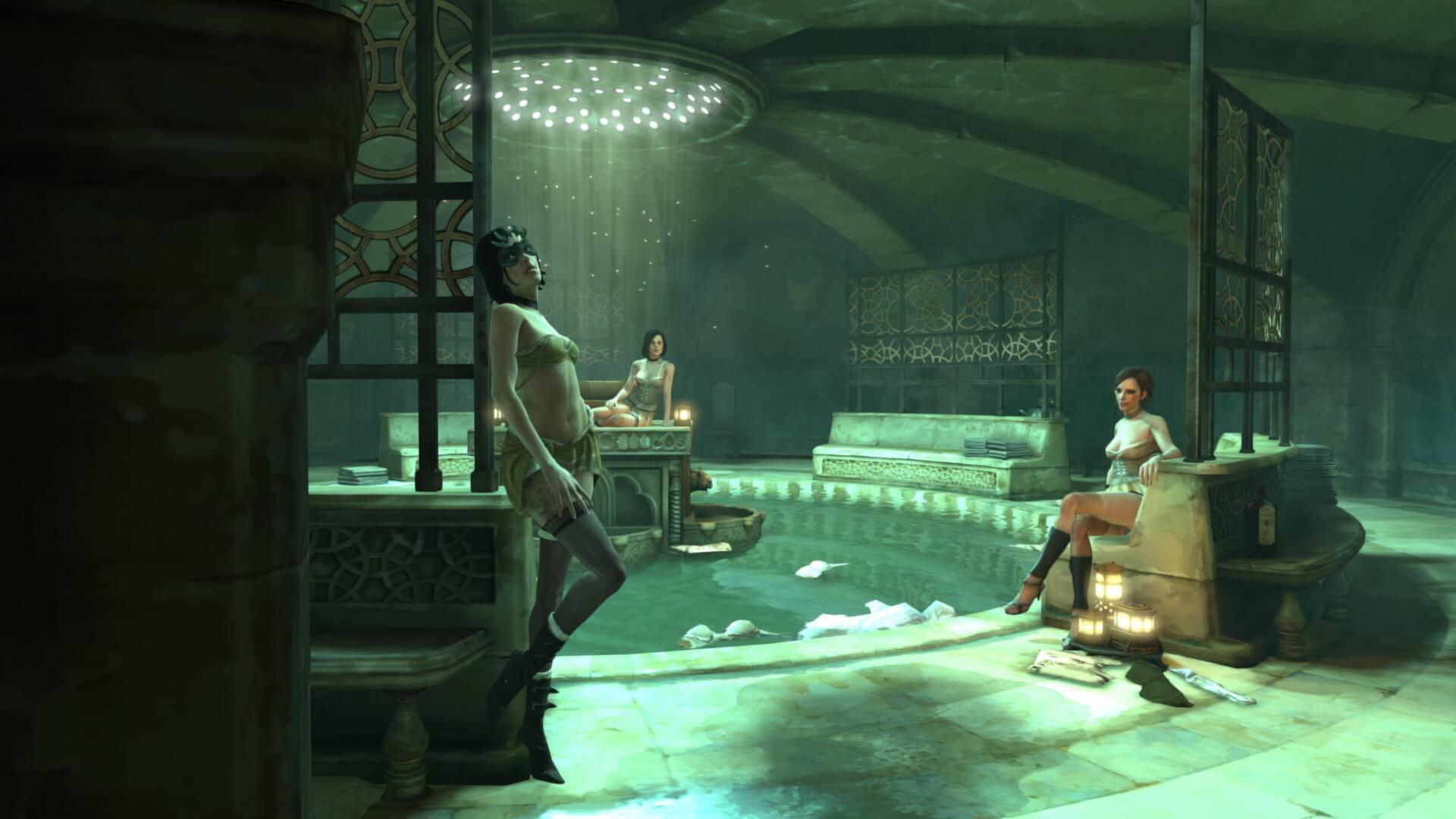
✪ Development History
The development of Dishonored began in 2009, following Arkane Studios' acquisition by ZeniMax Media.
Initially, the concept pitched to Bethesda involved a game set in medieval Japan, featuring sorcerous
powers, weapons, and a revenge plot.
However, Arkane proposed an alternative set in 17th-century London during the plague and Great Fire,
eventually settling on the fictional city of Dunwall to allow greater creative freedom.
This setting, inspired by the 1830's to 1860's London and informed by historical references like Limehouse
Nights, was further shaped by a trip to Edinburgh for local photography, ensuring a rich, atmospheric
backdrop.
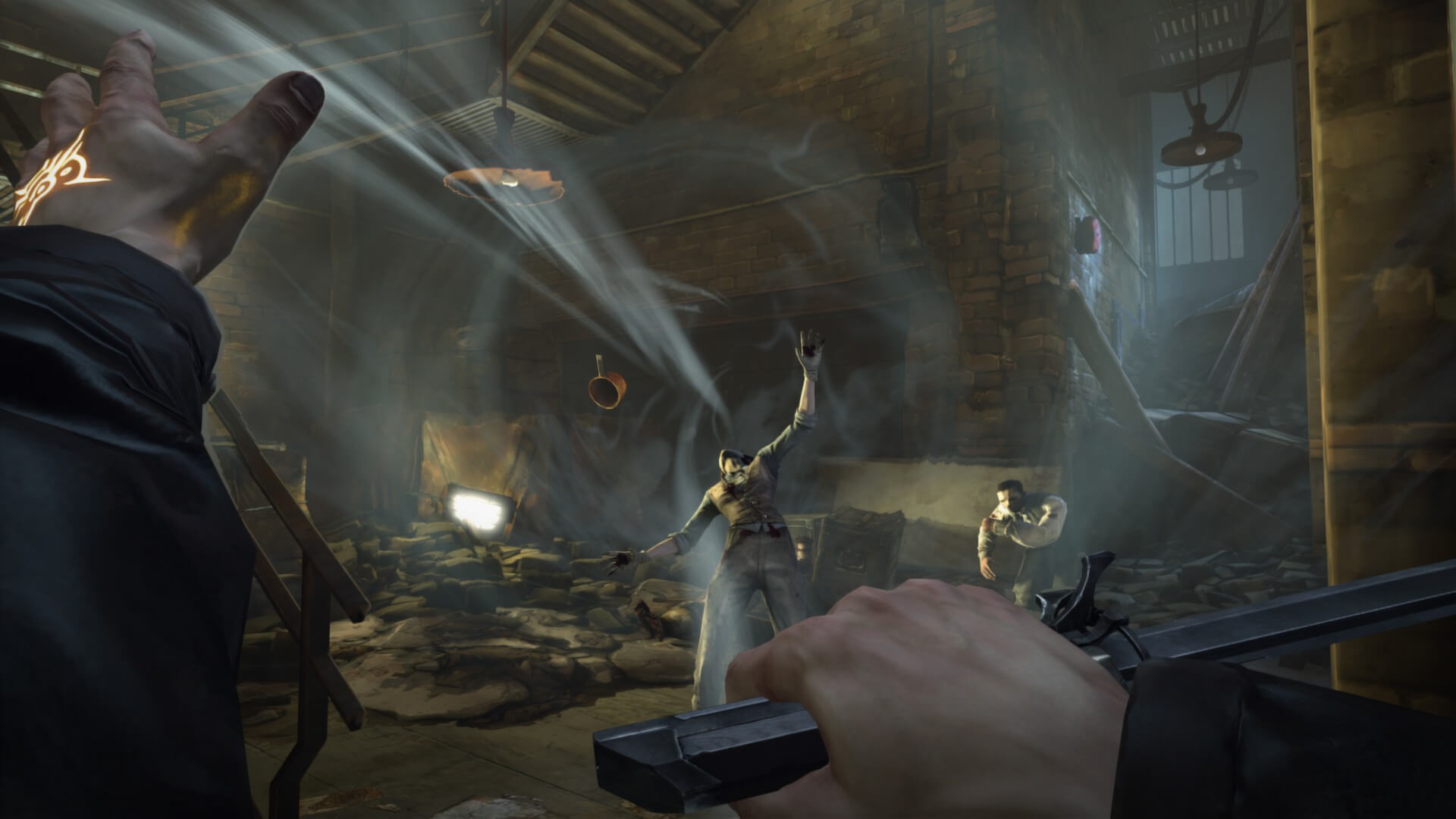
Key personnel included co-creative directors Harvey Smith and Raphael Colantonio, art director Sébastien Mitton, and artist Viktor Antonov, known for conceptualizing Half-Life 2’s City 17. The development spanned two and a half years, focusing on player choice and multiple mission approaches, with Todd Howard encouraging iterative refinement and experimentation.
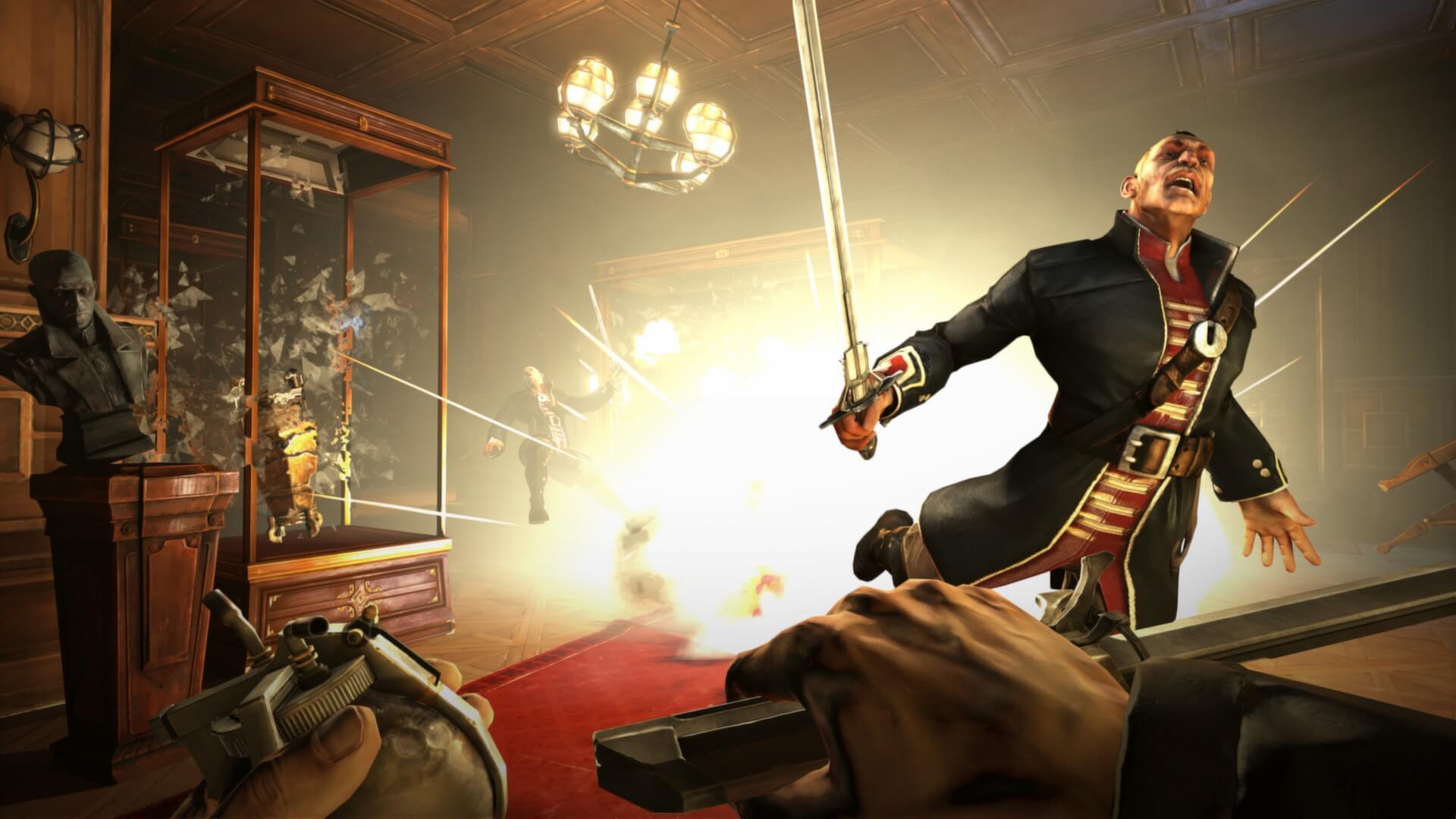
✪ Gameplay and Mechanics
Dishonored's gameplay is a masterclass in blending stealth, action, and role-playing elements,
offering players the role of Corvo Attano, a supernatural assassin. The game features a flexible
combat system where players can combine supernatural abilities like Blink (short-range teleportation),
Possession (controlling living creatures), and Bend Time (slowing or stopping time) with weapons
and gadgets.

This system encourages creative problem-solving, allowing players to approach missions through stealth, combat, or a mix, with non-lethal options available. Central to the experience is the chaos system, where player actions, particularly killing, influence the game world’s state and narrative outcomes. High chaos leads to a darker, more hostile environment with increased rats and guards, while low chaos results in a stable, hopeful conclusion.
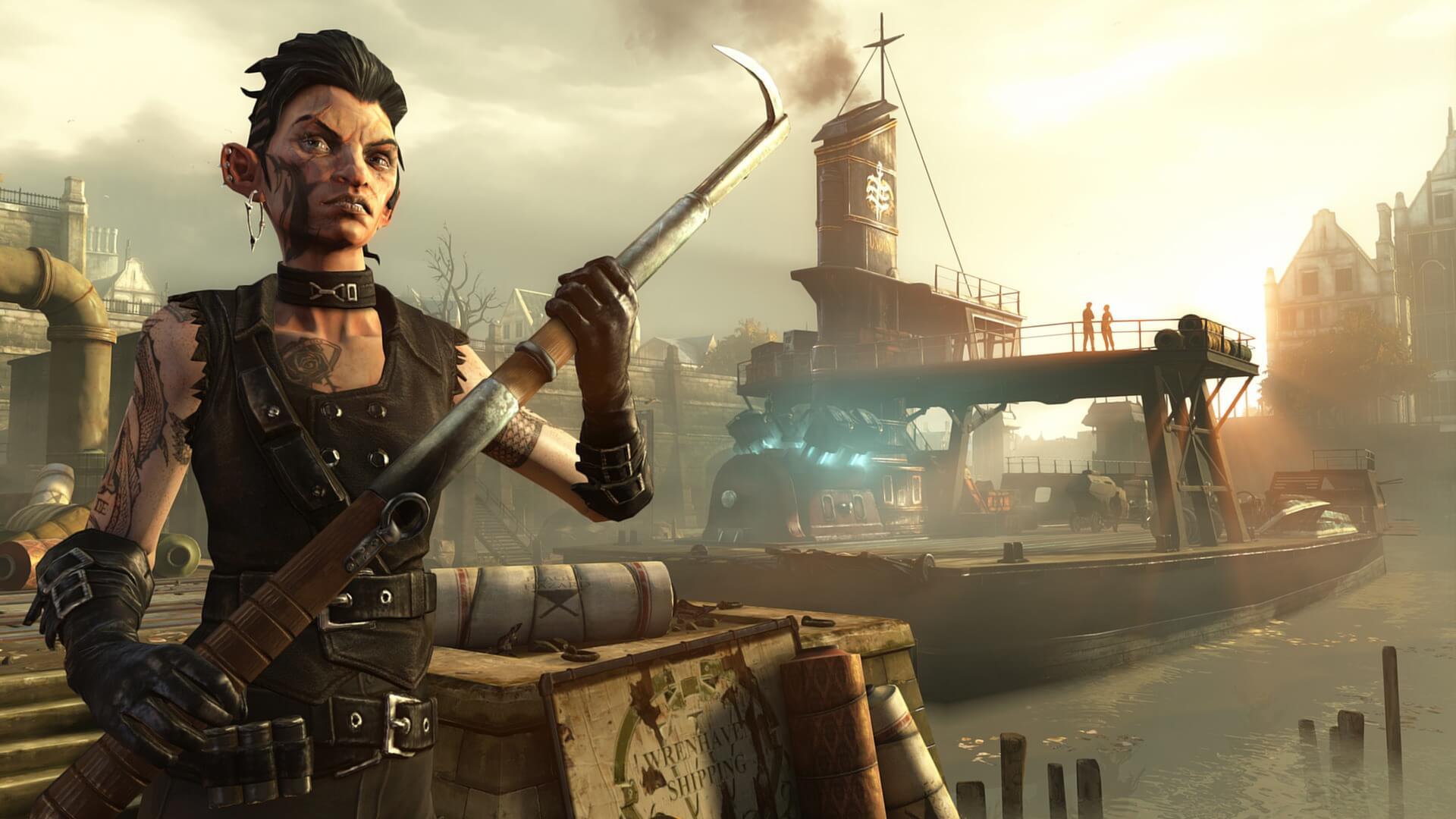
The game’s levels, such as infiltrating a masquerade ball or navigating a flooded district, are designed with multiple paths and secrets, enhancing replayability. Additionally, a robust upgrade system lets players enhance abilities and equipment using runes and bone charms, found throughout Dunwall, further deepening the immersive sim experience.
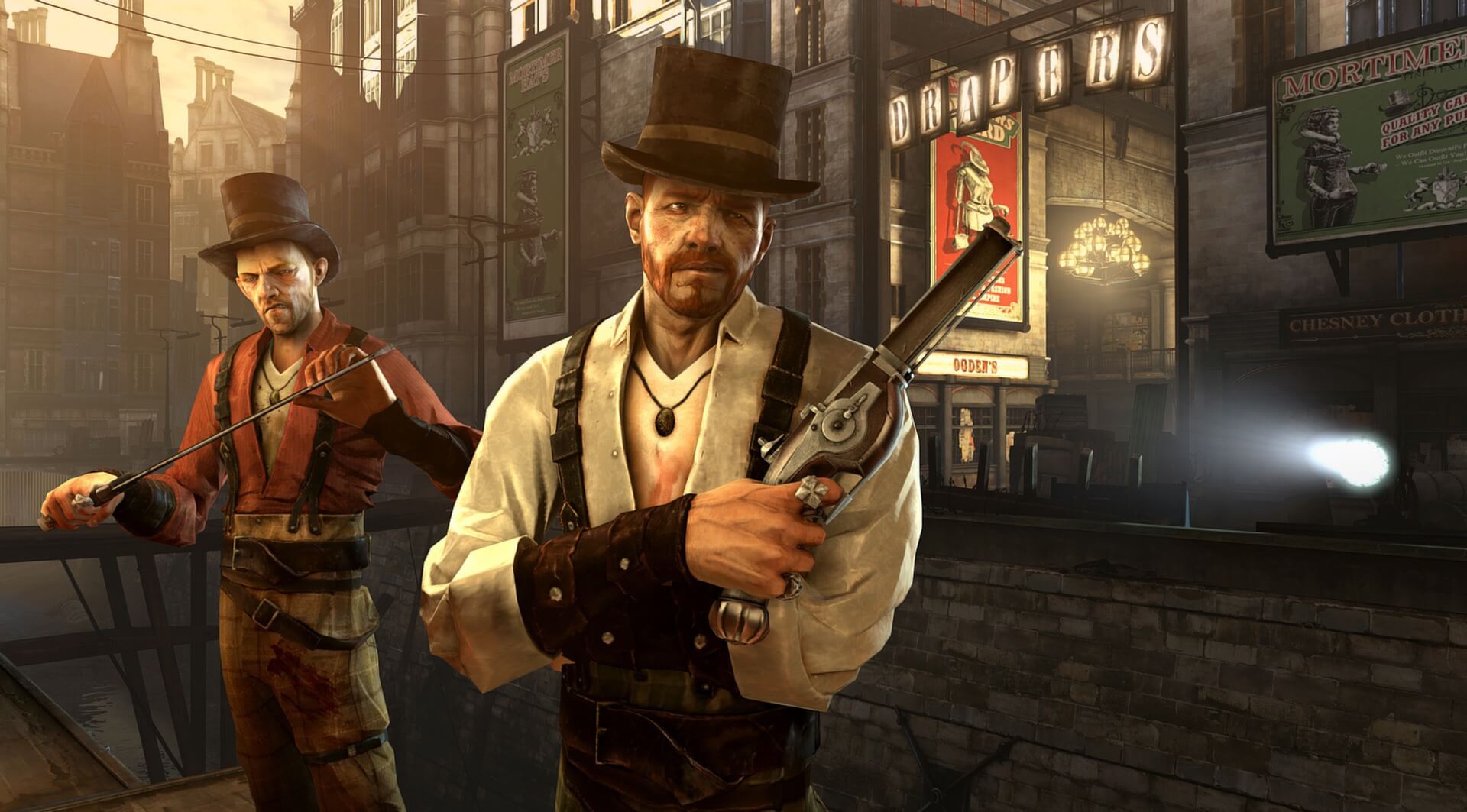
✪ Story and Setting
Set in the industrial city of Dunwall, Dishonored’s narrative unfolds against a backdrop of plague
and political corruption, drawing inspiration from Victorian London with a steampunk twist. The story
follows Corvo Attano, the Empress Jessamine Kaldwin’s bodyguard, who is framed for her murder and the
kidnapping of her daughter, Emily.
Imprisoned and sentenced to death, Corvo escapes with the aid of loyalists aiming to restore Emily to
the throne, embarking on a quest for revenge and redemption.
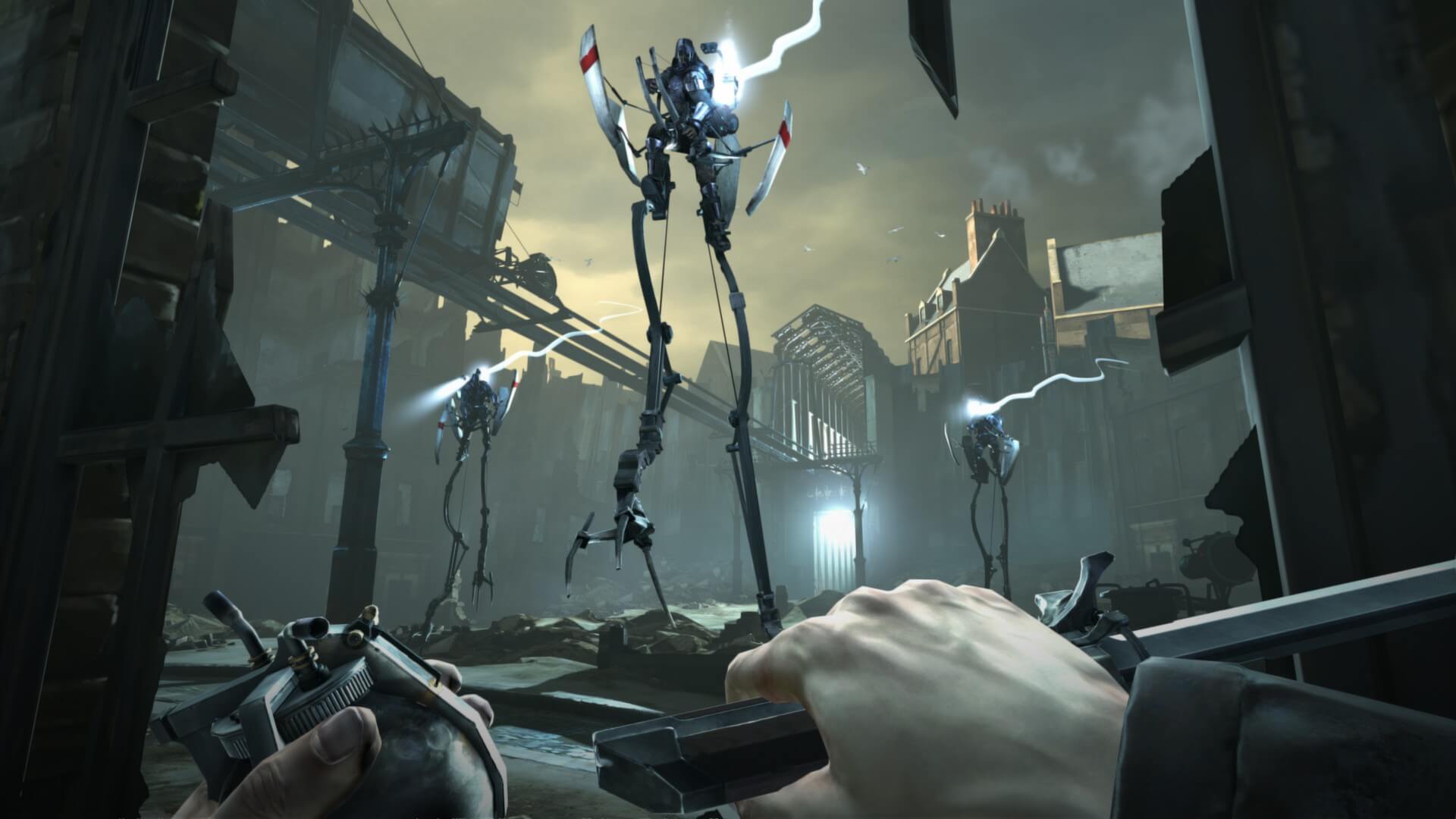
The game’s world is richly detailed, with environmental storytelling through books, notes, and
architecture revealing Dunwall’s history, culture, and the supernatural Void, home to the enigmatic
Outsider who grants Corvo his powers.
Memorable characters, including the loyalist conspirators and various targets, add depth, with the
narrative exploring themes of morality, power, and conspiracy. The setting’s blend of Victorian aesthetics,
industrial technology, and dark fantasy elements creates an immersive, atmospheric experience.

✪ Reception
Upon release, Dishonored received universal acclaim, with critics praising its inventive gameplay,
atmospheric world-building, and narrative depth. The PC version boasts a Metacritic score of 91,
with 29 positive reviews and no mixed or negative ones, reflecting its high regard.
It won several awards, including the 2012 Spike Video Game Award for Best Action-Adventure Game
and the 2013 BAFTA for Best Game.
Commercially, it was a success, becoming the UK’s best-selling new IP of the decade and exceeding
sales expectations, leading Bethesda to consider it a new franchise. This success spurred downloadable
content like “The Knife of Dunwall” and “The Brigmore Witches,” expanding the story and gameplay.
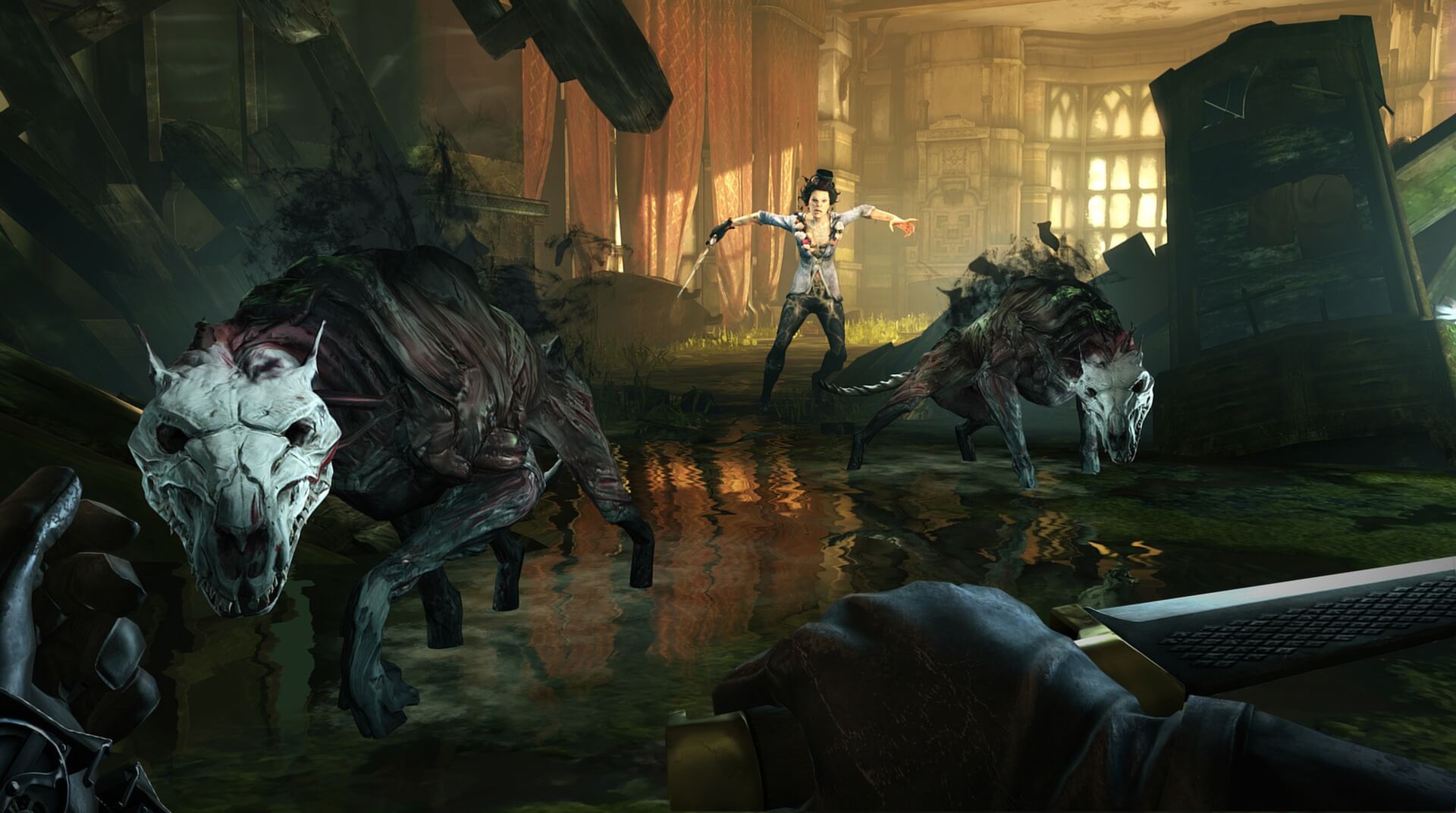
✪ Legacy
Dishonored’s impact on gaming is profound, particularly within the immersive sim genre, influencing
titles that prioritize player agency, environmental storytelling, and non-linear design. Its success
led to a franchise, with Dishonored 2 (2016) and Dishonored: Death of the Outsider (2017) refining
mechanics and expanding lore, and Deathloop (2021), set in the same universe, further enriching the
mythology.
The game’s art style and level design, praised for supporting player choice and experimentation, have
been referenced in industry discussions, with levels like Dishonored 2’s Clockwork Mansion cited as
benchmarks.

Beyond video games, a tabletop role-playing game was released in September 2020 by Modiphius Entertainment, offering a 300-page corebook with input from Harvey Smith and game writers, allowing fans to explore Dunwall anew. Its influence is evident in games like Prey (2017) and Hitman (2016), reflecting Dishonored's enduring popularity and lasting legacy.
